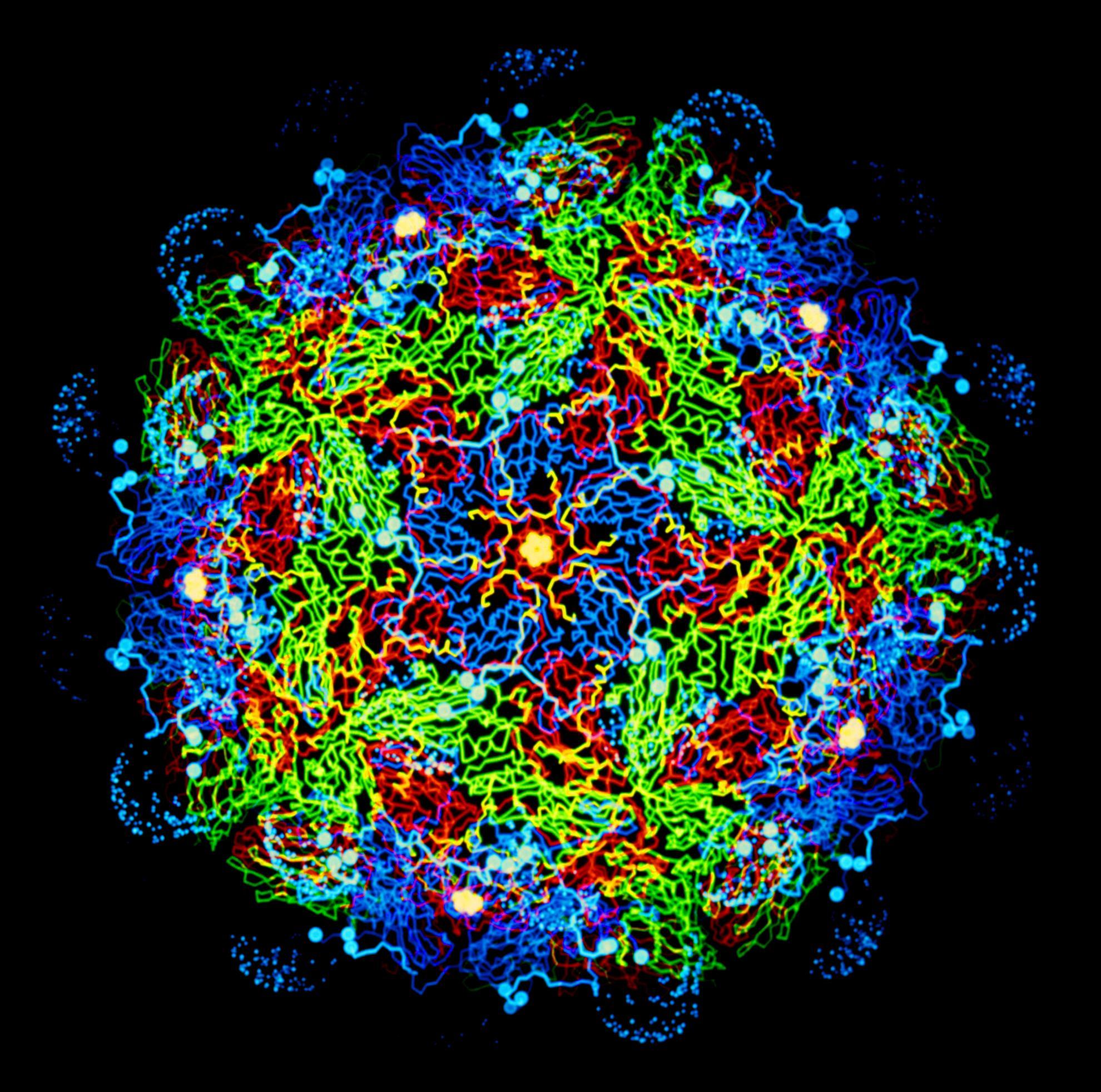Predicting the ability of preclinical diagnosis to improve control of farm-to-farm foot-and-mouth disease transmission in cattle
Foot-and-mouth disease (FMD) can cause large disruptive epidemics in livestock. Current eradication measures rely on the rapid clinical detection and removal of infected herds. Here, we have evaluated the potential for preclinical diagnosis during reactive surveillance to reduce the risk of between farm transmission. We used data from transmission experiments in cattle where both individual animal samples, such as blood, probang, saliva or nasal swabs, and herd level samples, such as air samples, were taken daily during the course of infection. The sensitivity of each of these sample types for detection of infected cattle was quantified during different phases of the early infection period. The results were incorporated into a mathematical model for FMD, in a cattle herd, to evaluate the impact of early detection and culling of an infected herd on its infectious output. The latter was expressed as the between herd reproduction ratio Rh, where an effective surveillance approach would lead to a reduction in Rh < 1. Applying weekly surveillance, clinical inspection alone was found to be ineffective at blocking transmission. This was in contrast to the impact of weekly random sampling (i.e. using saliva swabs) of at least 10 animals per farm or daily air sampling (housed cattle), both of which were shown to reduce Rh < 1. In conclusion, preclinical detection during outbreaks has the potential to allow earlier culling of infected herds and thereby reduce transmission and aid the control of epidemics.

